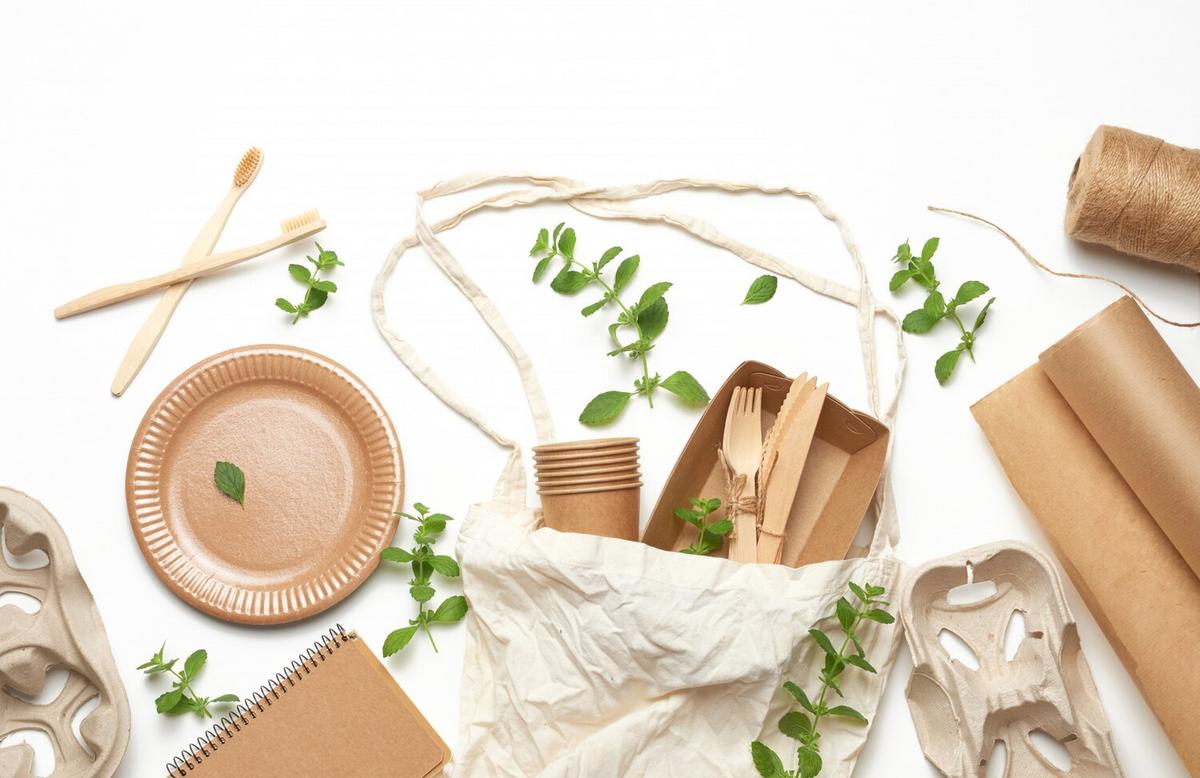
Eco-Friendly Crafting: Using Recycled Materials
Crafting with a conscience is more than a trend; it’s a sustainable choice that empowers creativity while caring for the planet. Eco-friendly crafting using recycled materials offers an innovative way to create beautiful, functional items while minimizing waste.
The Art of Eco-Friendly Crafting
Eco-friendly crafting isn’t just about saving the planet; it’s about redefining creativity. By incorporating recycled materials, crafters can produce unique pieces that tell a story and make a statement. According to a study by the Environmental Protection Agency, recycling can save up to 60% of the energy needed to produce new materials. This highlights the potential impact of choosing recycled over new resources.
Expert Insights
Using recycled materials not only reduces waste but also inspires a new level of creativity. It’s about seeing potential in materials that others overlook.
These insights emphasize the dual benefit of eco-friendly crafting: ecological responsibility and creative expression.
Examples of Eco-Friendly Crafts
- Recycled Paper Jewelry: Transform old newspapers and magazines into stunning jewelry pieces.
- Glass Bottle Vases: Use glass bottles as decorative vases for a chic, rustic look.
- Fabric Scrap Quilts: Stitch together fabric scraps to create a cozy quilt with a patchwork design.
- Plastic Bottle Planters: Convert plastic bottles into planters for your garden or indoor plants.
These projects not only help reduce waste but also offer a chance to develop new skills and techniques.
Actionable Tips for Getting Started
- Start collecting materials like glass jars, fabric scraps, and old newspapers.
- Join online communities or forums dedicated to sustainable crafting for inspiration and support.
- Experiment with different materials to discover what works best for your projects.
- Visit local thrift stores or flea markets to find unique items to upcycle.
Benefits of Using Recycled Materials
Using recycled materials in crafting offers several advantages:
| Benefit | Description |
|---|---|
| Cost-Effective | Recycled materials are often free or inexpensive, reducing overall costs. |
| Environmental Impact | Reduces the need for new resources and minimizes landfill waste. |
| Unique Creations | Every piece is one-of-a-kind, with its own history and character. |
| Skill Development | Encourages learning new techniques and problem-solving skills. |
| Community Building | Connects like-minded individuals through shared interests. |
| Cultural Preservation | Promotes traditional crafting methods with modern twists. |
| Social Impact | Supports local artisans and communities. |
| Educational Value | Teaches sustainability and resourcefulness to younger generations. |
Conclusion
Eco-friendly crafting using recycled materials is not just a hobby; it’s a movement towards a more sustainable and creative world. By embracing this approach, you contribute to a healthier planet while honing your skills and creativity. So, gather your materials, unleash your imagination, and start crafting a greener future!
FAQs
What materials can be used for eco-friendly crafting?
Recycled paper, glass bottles, fabric scraps, and plastic containers are popular choices.
How can I find inspiration for eco-friendly crafts?
Online communities, social media platforms, and crafting workshops are excellent resources.
Is eco-friendly crafting expensive?
No, it can be very cost-effective as recycled materials are often free or low-cost.